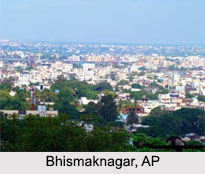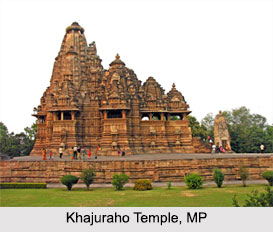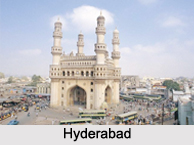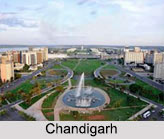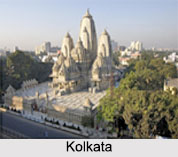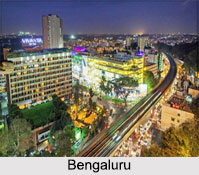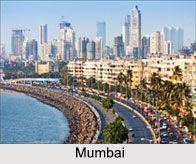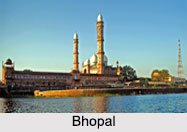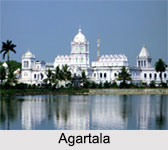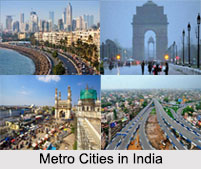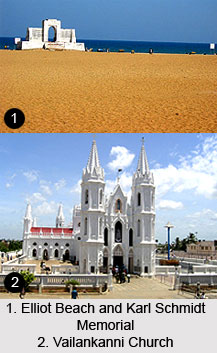 Tourism of Besant Nagar in Chennai covers the tourist destinations like Elliot`s Beach, Marina Beach, Velankanni Church, Ashtalakshmi Temple, Besant Nagar Beach, Varasiddhi Vinayaka Temple, Ashtalakshmi Kovil, Arupadai Murugan Kovil, Ratnagirishwarar Kovil and many other pilgrimage and nature tourism sites.
Tourism of Besant Nagar in Chennai covers the tourist destinations like Elliot`s Beach, Marina Beach, Velankanni Church, Ashtalakshmi Temple, Besant Nagar Beach, Varasiddhi Vinayaka Temple, Ashtalakshmi Kovil, Arupadai Murugan Kovil, Ratnagirishwarar Kovil and many other pilgrimage and nature tourism sites.
Besant Nagar in Chennai is the core of transportation to reach the Elliot`s Beach, Velankanni Church and Ashtalakshmi Temple. Besant Nagar is the place in Chennai named after the renowned lady theosophist Annie Besant. Besant Nagar is located on the coast of Bay of Bengal to the east, and bounded by Thiruvanmiyur to the South, Adyar to the West and Adyar Estuary to the North.
Elliot Beach
Elliot`s Beach is located in Besant Nagar. It forms the end-point of the Marina Beach. This beach is named after Edward Elliot, who was the Governor of Madras during the regime of British Government in India. In colonial rule of British East India Company, it was a fairly exclusive place limited to ex-patriates. Elliot Beach is a weekend gateway for the confined crowd in Chennai.
Marina Beach
Marina Beach is another beach in Chennai, which is easily accessible from Besant Nagar, located to the adjacent to the Bay of Bengal. The beach is twelve kilometres in length. Marina beach is the second longest beach in Asia. While the Juhu beach in Mumbai is made of short, rocky structures, the Marina Beach is primarily made up of sand. There is a drive along the beach whose environs are decorated with Casuarina tree and Palm trees.
The Marina Beach extends from Fort St. George in the north to Beasant Nagar in the south. The beach is famous for its scenic beauty and rich ecosystems.
Vailankanni Church
Vailankanni Church is fondly known as the `Lourdes of the East`. Millions of people of Christian community visit the church throughout the year, praying to "Our Lady" for various needs. The tradition says that Mother Mary appeared with the Infant Jesus in this small village at the end of the 16th century. Ever since, Vailankanni is the most important Christian pilgrimage tourism destination.
Karl Schmidt Memorial
Karl Schmidt Memorial is an architectural landmark of British colonial times in the later phase. Karl Schmidt Memorial is placed on the Edward Elliot Beach commemorating a Dutch sailor belonging from Dutch East India Company who drowned in 1930 trying to save the life of a girl. This monument of British architectural time is in a dilapidated condition. This place has excellent position for photo shoot.
